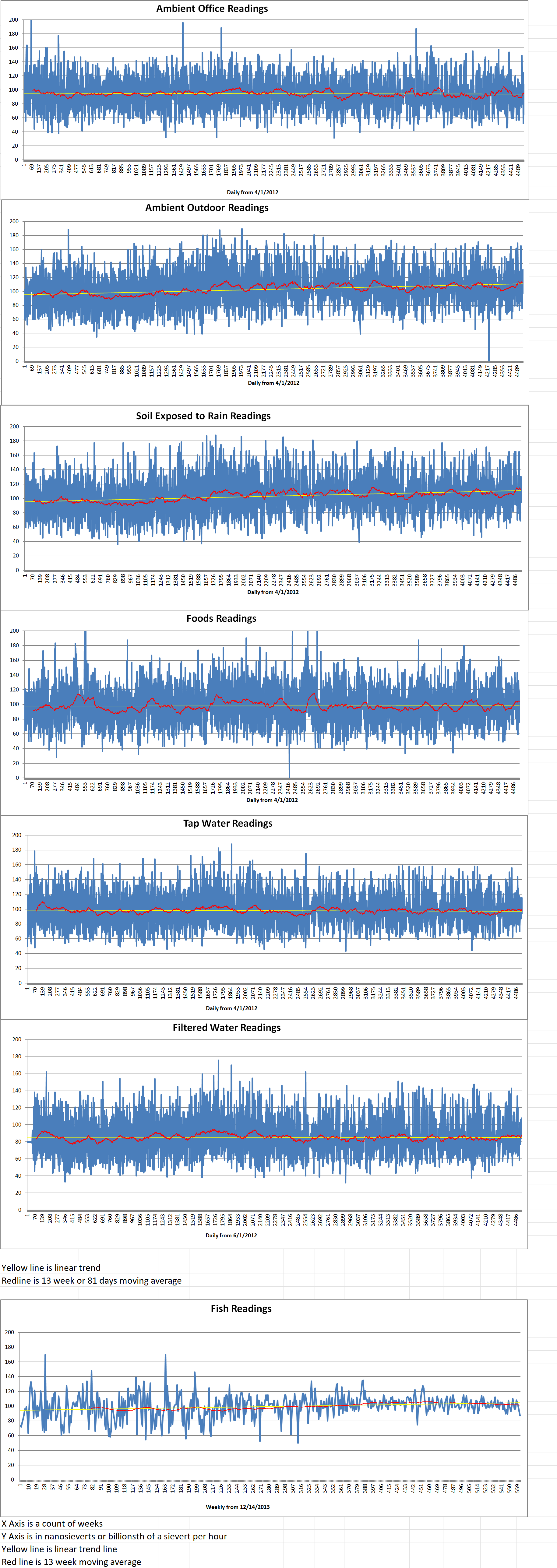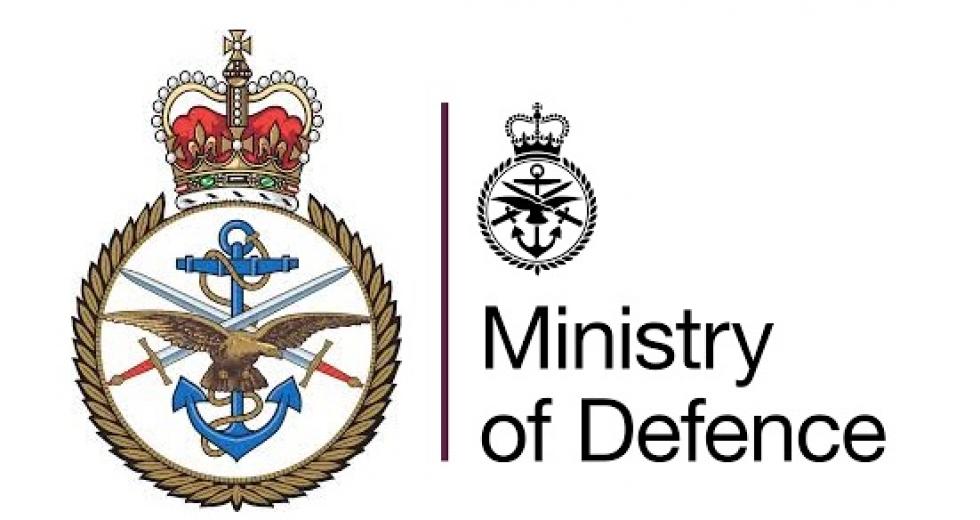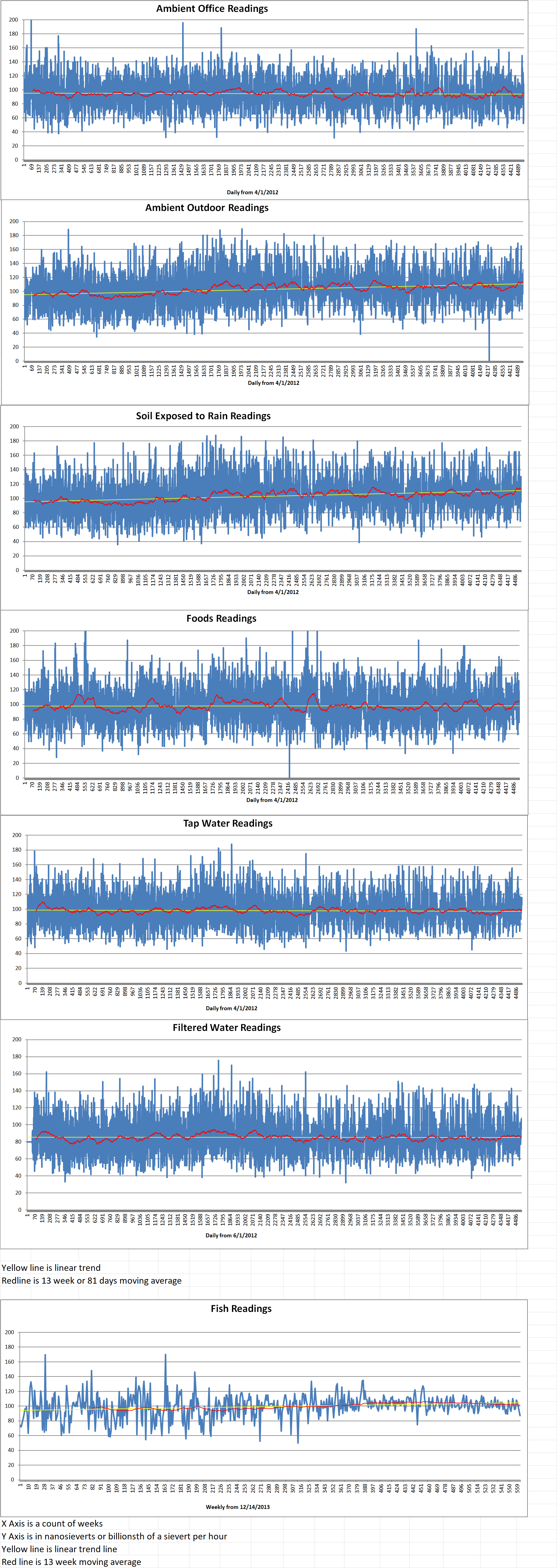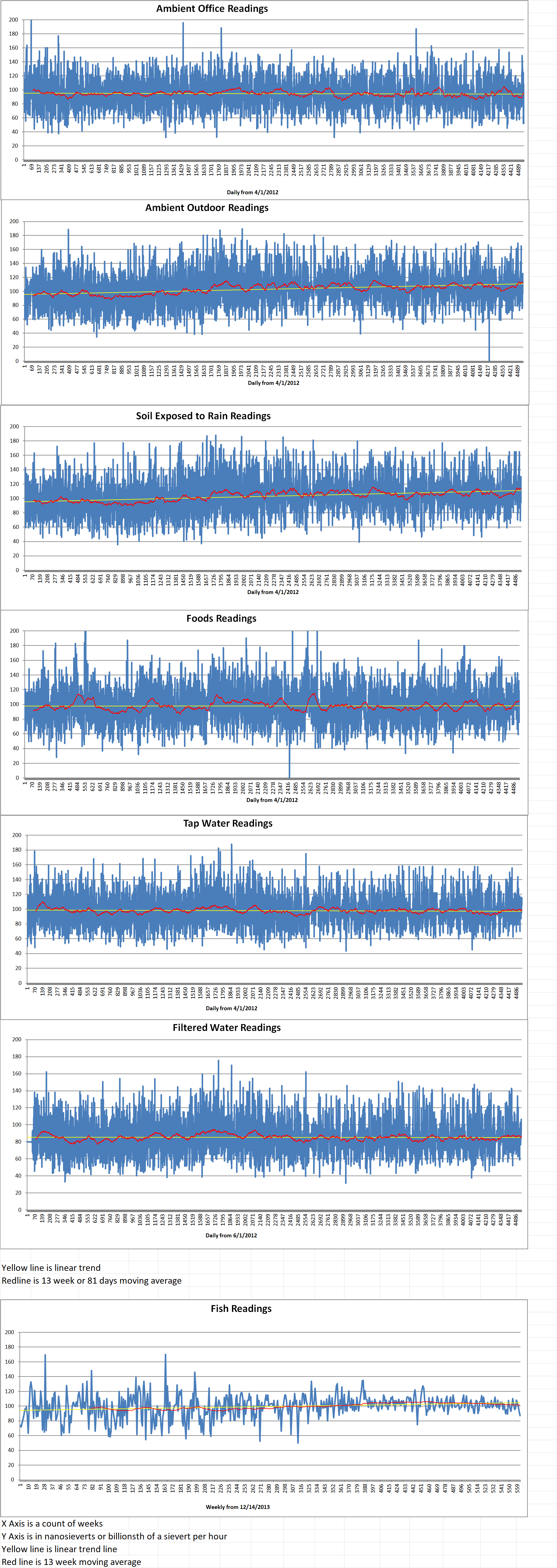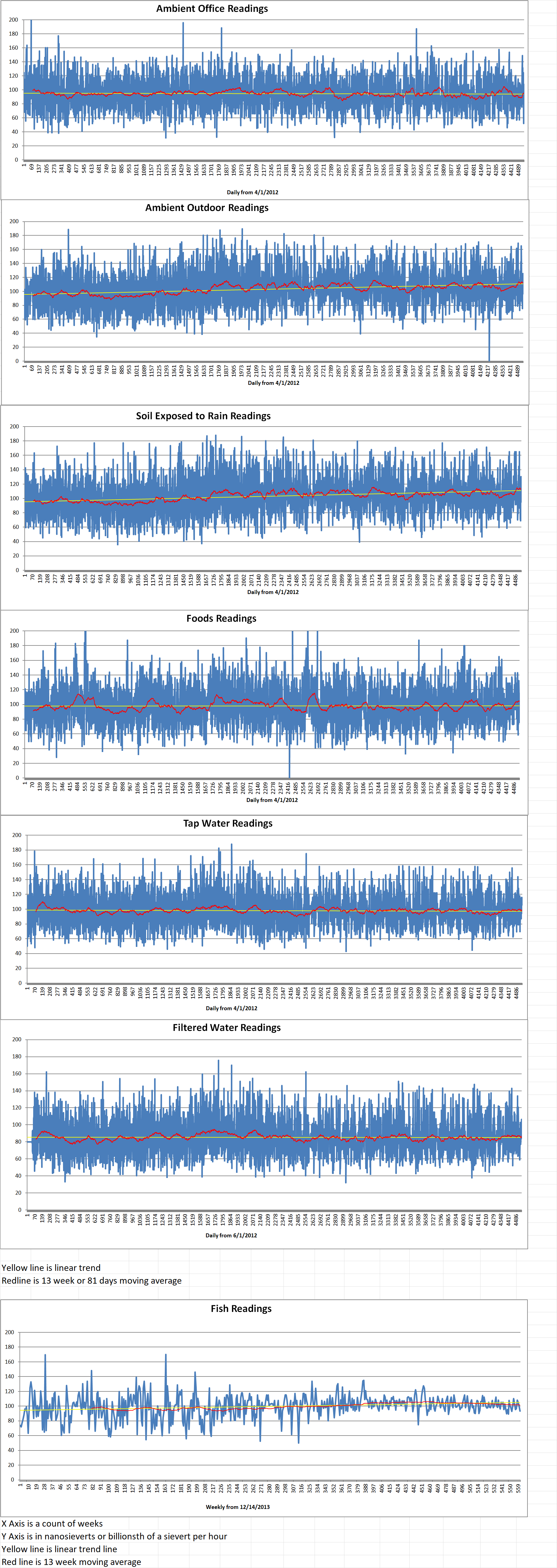British inertial fusion energy developer First Light Fusion and systems, engineering and technology company Frazer-Nash Consultancy have just announced plans for to collaborate on research to advance fusion energy.
The two companies have signed a non-exclusive letter of understanding for multi-year collaboration to develop cutting-edge engineering technologies that will accelerate innovation and lay out a scalable, commercial pathway to fusion energy globally.
Frazer-Nash will contribute its expertise in complex engineering and systems development to support First Light Fusion’s new business strategy which was launched in February this year. The strategy focuses on partnering with innovative businesses that can leverage their cutting-edge proprietary technologies, research facilities and technological expertise. The new collaboration will focus on delivering critical engineering solutions, developing new technical capabilities, and nurturing industry partnerships to strengthen the fusion reactor supply chain and innovation network.
In February, Oxfordshire-based First Light Fusion announced that it will focus on commercial partnerships with other fusion companies who want to use its amplifier technology, as well as with non-fusion applications such as NASA seeking to replicate potential high-velocity impacts in space. By dropping its plans for a fusion power plant, and instead targeting commercial partnerships with others, it intends to “capitalize on the huge inertial fusion energy market opportunities enabling earlier revenues and lowering the long-term funding requirement”.
Mark Thomas is the CEO of First Light Fusion. He said, “At First Light Fusion, technical innovation and cooperation is integral to realizing our mission to make fusion energy possible. This collaboration with Frazer-Nash reflects our commitment to working with the best engineering minds in the industry in pursuit of this goal. The collaboration will strengthen our development pipeline and provide valuable technical insight as we advance our fusion energy program.”
Thomas continued, “Frazer-Nash Consultancy has a long-standing reputation for delivering high-value engineering solutions across energy, defense, and advanced technology sectors. The firm’s experience in complex systems engineering, computational modelling, and materials science makes it an excellent collaborator for our business, and I am excited to get started.”
Nial Greeves is the Director of Energy and Infrastructure, at Frazer-Nash Consultancy. He said, “First Light Fusion has an unparalleled reputation in its sector for spearheading world-leading technological advancements in the field of fusion. This, combined with Frazer-Nash’s own track record of solving some of the most complex engineering challenges, presents an exciting opportunity to contribute to one of the most promising fields in clean energy.”
Nuclear fusion is the process by which two light nuclei combine to form a single heavier nucleus while releasing a large amount of energy. First Light, which was founded by Nick Hawker and Yiannis Ventikos in 2011 as an Oxfordshire University research spin-off. It has been pursuing a form of inertial confinement fusion called projectile fusion, which creates the extreme temperatures and pressures required to achieve fusion by compressing a target containing fusion fuel using a projectile travelling at a tremendous speed. The projectile hits an amplifier, which focuses the energy onto the fusion fuel.


